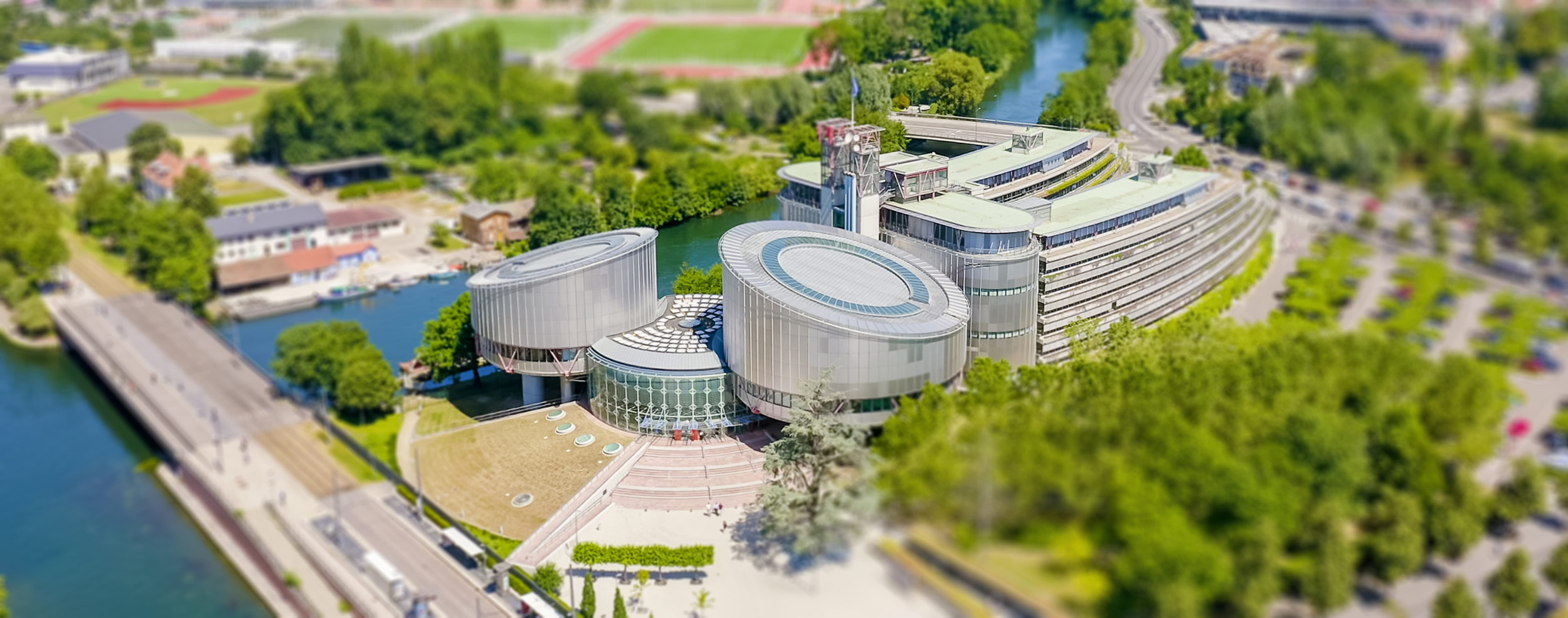The judges
The ECHR is composed of a number of judges equal to the number of Council of Europe member states, all of which have signed and ratified the Convention.
Judges are elected by the Parliamentary Assembly of the Council of Europe from a list of three candidates nominated by each Contrating State for a non-renewable term of nine years. They serve in their individual capacity, in complete independence.
The Registry
The Registry provides the ECtHR with legal and administrative support in the exercise of its judicial functions. It is composed of lawyers, translators and administrative and technical staff.
The Jurisconsult
The Jurisconsult assists the ECtHR in ensuring the quality and consistency of its case law. He or she provides opinions and information, in particular to the judicial formations and to the judges.
The sections
The ECtHR has five sections, which are established for three years and whose composition must be equitable in terms of geographical and gender representation and take account of the different legal systems of the Contracting States. They serve, inter alia, as a framework for the constitution of committees and chambers.
The judicial formations
The ECHR has four judicial formations: single judge, committee, chamber and grand chamber.
Single judge
The single judge is appointed by the President of the ECtHR for a period of twelve months. He or she deals with clearly inadmissible cases. He or she may declare an application inadmissible or strike it out of the list of cases where further examination is not necessary. If he or she does not do so, he or she refers the application either to a committee or to a chamber. His or her decision is final.
Committee
The committee consists of three judges and is constituted for twelve months by rotation among the members of the same section. It decides on well-founded "clone" or "repetitive" cases. It may, by unanimous vote, declare an application inadmissible or strike it out of its list of cases where no further examination is necessary, or declare it admissible and give a judgment on the merits where the question raised is the subject of well-established ECtHR case-law. Its decisions and judgments are final.
Chamber
The chamber is composed of the President of the Section to which the case has been assigned, the national judge (the judge elected in respect of the respondent State) and five other judges appointed by the President of the Section, in rotation from among the members of the Section. If no decision has been given by a single judge and no judgment has been given by a committee, it decides on the admissibility and merits of the application. Decisions of the chamber are final, but judgments are only final if the grand chamber is not seized. As long as it has not given its judgment, the chamber may relinquish jurisdiction to the grand chamber if the pending case raises a serious question of interpretation of the Convention or if the solution of a question might lead to a contradiction with a previous judgment.
Grand chamber
The grand chamber consists of seventeen judges and three substitute judges. Its composition changes for each case, but there is a "core" group made up of the presidents of the ECtHR and the sections, and the national judge is present. The case may be referred to it at the request of one of the parties, with the agreement of a panel of five judges, or after a chamber has been relinquished. Its judgment is final.


